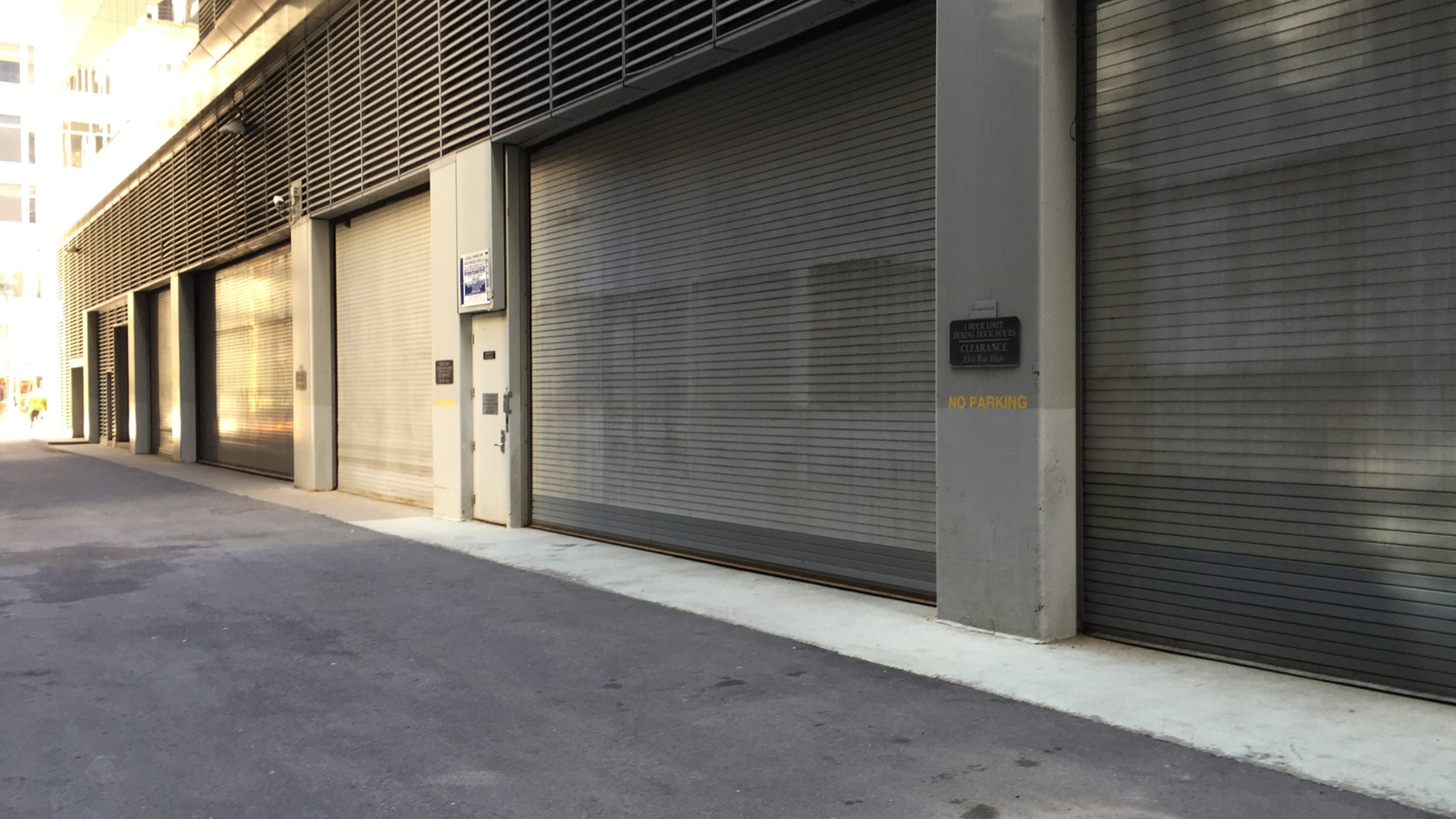Your garage door plays a significant role in the overall curb appeal of your home. A well-painted garage door not only enhances the aesthetic appeal but also protects the door from the elements. However, achieving a professional-looking finish requires attention to detail and adherence to certain do’s and don’ts. In this blog post, we’ll explore the essential guidelines for painting garage doors to ensure a successful and lasting result.
The Do’s:
- Clean the Surface Thoroughly: Before you start painting, ensure the garage door is clean. Remove dirt, dust, and any loose paint using a mild detergent and water. If there is mildew, use a mixture of bleach and water to eliminate it.
- Sand for a Smooth Surface: Sanding the door helps create a smooth surface for the paint to adhere to. Use fine-grit sandpaper to remove imperfections and create a uniform texture.
- Use High-Quality Paint and Primer: Invest in high-quality exterior paint and primer specifically designed for metal or wooden surfaces. Quality paint ensures better coverage, durability, and resistance to the elements.
- Protect Surrounding Areas: Cover nearby surfaces and items with drop cloths or plastic sheets to prevent accidental paint splatters. This includes the driveway, plants, and any other objects in close proximity to the garage door.
- Apply Primer: Always use a primer before applying paint. This helps the paint adhere better and provides an even base for the color coat. Follow the manufacturer’s recommendations for drying time before applying the paint.
- Choose the Right Weather Conditions: Ideally, paint your garage door on a dry day with moderate temperatures. Avoid painting in extremely hot or cold weather, as it can affect the paint’s drying and curing process.
- Use the Right Tools: Invest in high-quality brushes or rollers suitable for the type of paint you’re using. This ensures a smooth and even application of paint.
- Apply Multiple Thin Coats: Instead of applying one thick coat, opt for multiple thin coats. This allows the paint to dry more evenly and provides a more professional finish.
The Don’ts:
- Skip Surface Preparation: Neglecting to clean and sand the garage door before painting can lead to poor adhesion and a less durable finish.
- Ignore the Weather Forecast: Painting during extreme weather conditions can compromise the quality of the paint job. Avoid painting on rainy, windy, or extremely hot days.
- Use Interior Paint: Ensure you’re using exterior-grade paint designed for outdoor use. Interior paint lacks the durability and weather resistance needed for garage doors.
- Rush the Drying Process: Allow each coat of paint and primer to dry completely before applying the next one. Rushing the drying process can lead to uneven coverage and a less durable finish.
- Neglect Proper Ventilation: If you’re painting indoors or in an enclosed space, ensure proper ventilation to avoid inhaling fumes. Use a mask if necessary.
- Paint Over Moving Parts: Before painting, ensure that all moving parts of the garage door are adequately protected or removed. Painting over hinges, handles, or other moving components can lead to functionality issues.
- Overlook Maintenance: Regularly inspect your painted garage door for any signs of wear or damage. Touch up any areas that may have chipped or peeled to maintain its appearance and protection.


